Fishing may be a fun and relaxing activity, but it’s also a convenient way of getting nutritious food on your next camping trip. After a successful go at fishing, use your catch of the day to make a delicious and flavorful meal. These three fish recipes demonstrate healthy ways to prepare your catch for dinner.
Lemon-Garlic Walleye
(Recipe from Craig Kirk)
When you’re in the mood for a healthy, simple meal, this lemon-garlic walleye recipe is perfect.
Ingredients
- 4–6 fresh filets (preferably walleye)
- 4–6 garlic cloves, sliced
- 1 lemon, quartered
- 2 handfuls of cilantro
- salt and pepper for flavor
Directions
- Salt and pepper each side of your fillets and lay them out on aluminum foil.
- Sprinkle the sliced garlic cloves onto the fish.
- Shred the cilantro into small pieces and spread over the fish.
- Squeeze the lemon quarters over the fish and place the lemon rind in with the filets.
- Wrap the foil and seal it tightly. Bake over hot coals for 20–30 minutes.
Tilapia Tacos
(Recipe from Adam Hickman)
Not only does this recipe allow you to be resourceful and use your catch of the day, but it is also a healthy alternative to typical beef tacos!
Ingredients
- 2 slices white onion (1/2-inch thick)
- 1 package mini sweet bell peppers (8 oz.)
- cooking spray
- 3/4 tsp. salt
- 1/2 tsp. salt
- 4 tilapia fillets
- 8 corn tortillas (6-inch)
- 8 lime wedges (optional)
Directions
- Spray the grill rack with cooking spray.
- Grill onions and bell peppers for 12 minutes (turn over each at 6 minutes). After removing from the grill and cooling them, cut your onion rings in half and slice the bell peppers into thin pieces.
- Combine your onions, bell peppers, 1/4 tsp. salt, and 1/8 tsp. of black pepper in a small bowl.
- Sprinkle fish with remaining salt and black pepper. Then place the fish in a nonstick skillet coated with cooking spray. Cook fish for 3 minutes on each side.
- Place the fish and onion mixture onto the tortillas. If you’d like, top each taco with a lime wedge.
Fish Stew
(Recipe from Elise Bauer)
If you’re tired of eating grilled fish every day, make a stew! This fish stew recipe is both healthy and filling.
Ingredients
- 6 tbsp. olive oil
- 1 cup onions, chopped
- 2 large garlic cloves, chopped
- 2/3 cup parsley, chopped
- 1 cup of chopped tomato
- 2 tsp. tomato paste
- 8 oz. clam juice
- 1/2 cup dry white wine
- 1-1/2 lb. fish fillets, cut into 2-inch pieces (use halibut, cod, or red snapper)
- dash each of dried oregano, tabasco, thyme, pepper, and salt
Directions
- Heat olive oil in large pot.
- Add chopped onion and garlic. Saute for 4 minutes.
- Add parsley and stir mixture for 2 minutes. Then add the tomatoes and tomato paste. Cook for 10 minutes.
- Add your clam juice, dry white wine, and the fish filets. Let the mixture simmer until the fish is thoroughly cooked. It should take less than 10 minutes.
- Add seasoning and salt to taste.

 If you are an international customer, please
If you are an international customer, please 
 Get cooking tips, stories, and news about products and events by
Get cooking tips, stories, and news about products and events by 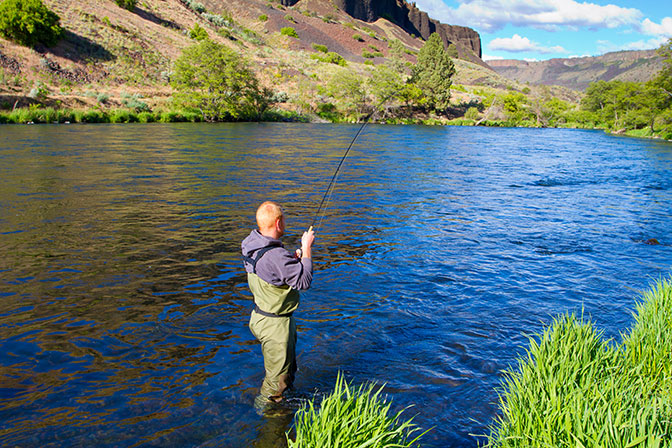
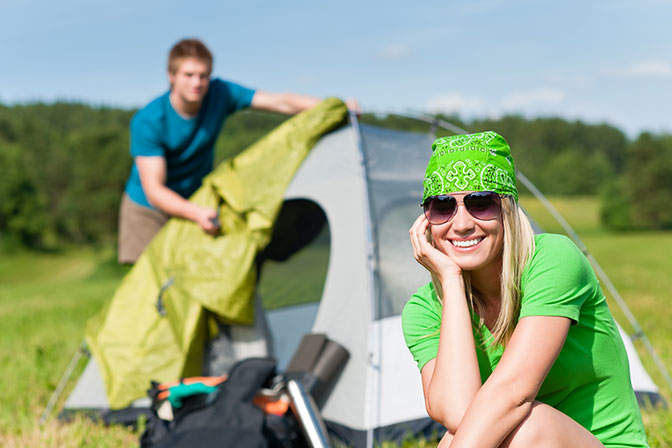
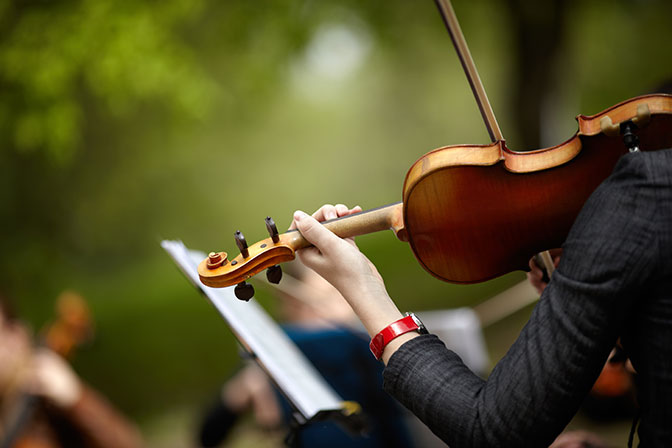
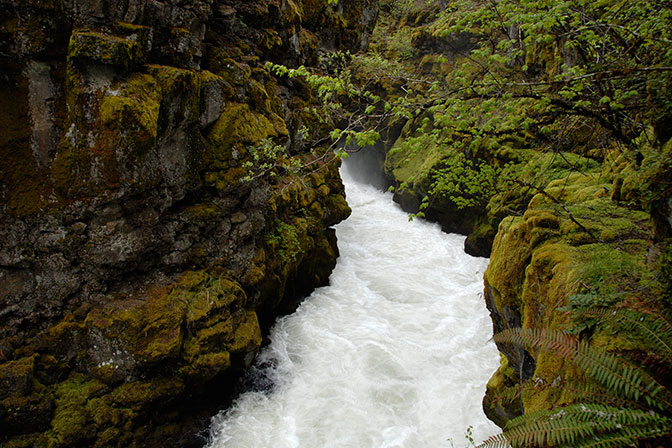
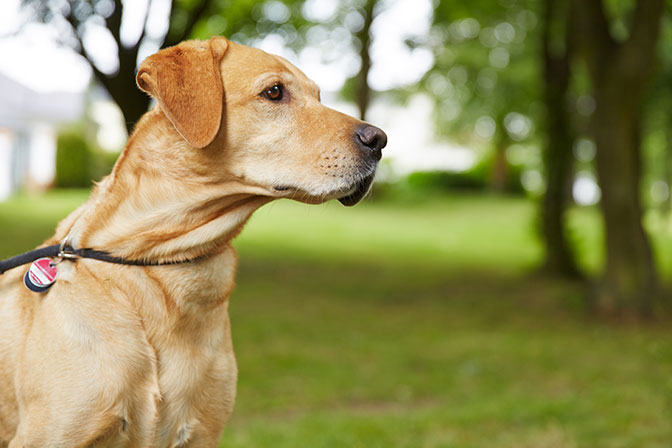

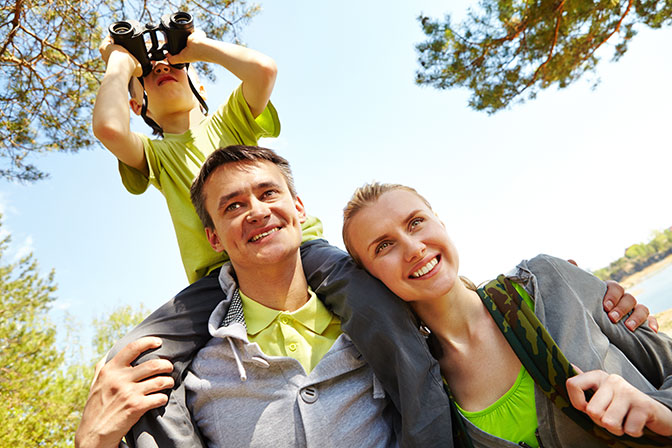
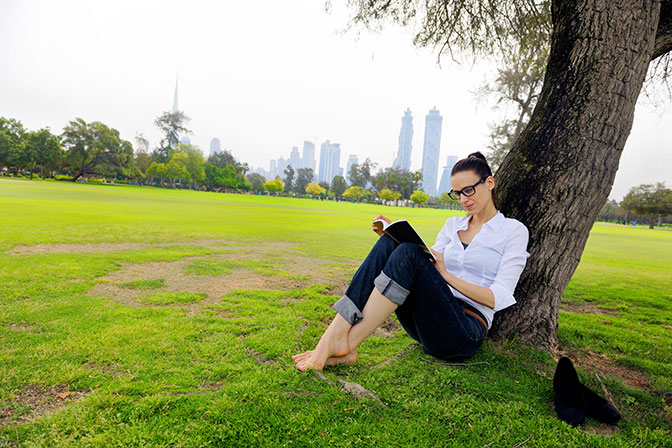

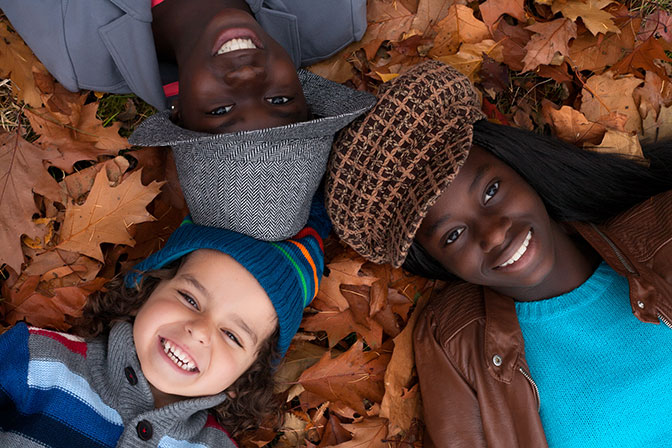
 Want to find out more about our products or speak directly with us? No, problem! Fill out our
Want to find out more about our products or speak directly with us? No, problem! Fill out our